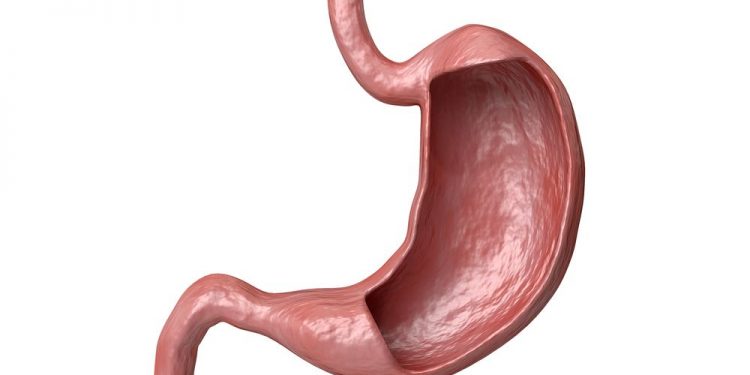Lymphoma is a group of cancers that develop when white blood cells called lymphocytes grow out of control and develop into tumors. These tumors can be grouped into Hodgkin lymphoma or non-Hodgkin lymphoma, depending on the type of lymphocyte they contain. Non-Hodgkin lymphoma can be further divided into two types: B cell and T cell, with B cells being the most common form of non-Hodgkin lymphoma affecting the stomach (called gastric MALT lymphoma). Lymphoma in the gastrointestinal tract usually occurs when lymphocytes develop from specialized cells within the stomach lining called mucosa associated lymphoid tissue or MALT lymphoma. This type of lymphoma is slow-growing and may develop in the stomach lining (called primary gastric MALT lymphoma) or in other organs in the digestive tract (called extranodal MALT lymphoma).
The most common type of lymphoma affecting the gastrointestinal tract is gastric MALT lymphoma, which accounts for 5-60% of all lymphomas involving the gastrointestinal tract. This type of lymphoma is characterized by a gradual growth over time and can cause the lining of the stomach to become thickened or infiltrated with cancerous tissue. Gastric MALT lymphoma develops when lymphocytes from the immune system become abnormal and begin to develop tumors in the lining of the stomach. This type of tumor can also spread to other organs in the body and is sometimes referred to as extranodal lymphoma or peripheral T-cell lymphoma.
Gastric MALT lymphoma is often difficult to diagnose as it can be difficult to distinguish from other forms of cancer in the stomach, including gastric adenocarcinoma. However, histopathology with immunohistochemistry can help to make the diagnosis by staining for specific clusters of differentiation on the malignant cells or using a marker that is presented only by epithelial tissue, such as cytokeratin.

When a diagnosis of lymphoma is made, further tests are required to determine the stage and grade of the disease. This typically involves endoscopy, which is an examination of the gastrointestinal tract by feeding a small camera through the mouth or nose into the digestive tract. Endoscopy allows the doctor to visualize any abnormal tissue and a biopsy can be performed during this procedure. A biopsy is a small sample of tissue that is sent to a pathologist for review and diagnosis.
During endoscopy, the doctors can look for ulcers, changes to the lining of the stomach, and any mass lesions or nodules in the stomach. A positron emission tomography (PET) scan may also be used, which can highlight areas of active cancer cells. This scan is usually not required with gastric MALT lymphoma but can be useful in locating other areas of disease or in determining how well treatment is working.
The treatment of gastric MALT lymphoma varies based on the type and stage of lymphoma. For low-grade MALT lymphoma confined to the stomach, eradication of Helicobacter pylori (H. pylori) is generally recommended. Chemotherapy may be used for patients with advanced gastric MALT lymphoma, either alone or in combination with radiation therapy. Various chemotherapy agents have been studied and the results are varied.









